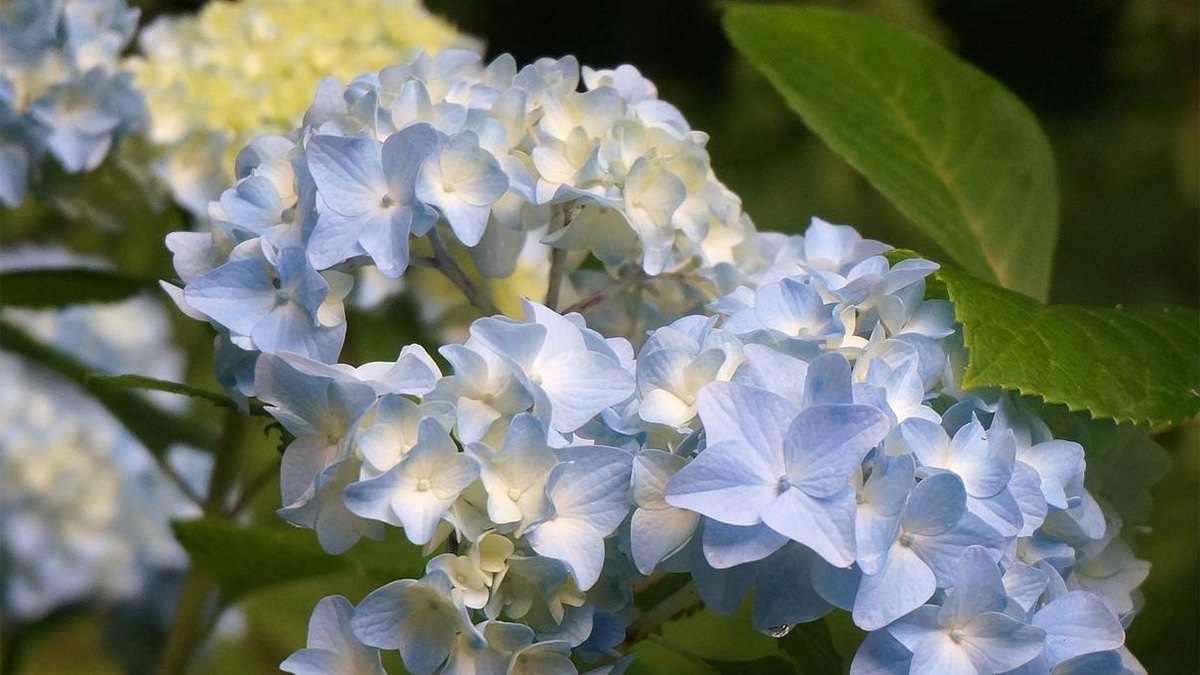How to Grow Hydrangea from Cuttings for a Bloom-Filled Garden

Hydrangeas are among the most eye-catching flowering shrubs, known for their large clusters of colorful blooms. Instead of purchasing new plants, you can easily grow hydrangeas from cuttings and enjoy a garden filled with beautiful blossoms. This guide will walk you through everything you need to know to propagate hydrangeas successfully and create a bloom-filled garden.
Related: Helpful Tips for Growing Beautiful Hydrangeas
Why grow hydrangeas from cuttings
Propagating hydrangeas from cuttings is an easy way to expand your garden without buying new plants. It is especially helpful if you have a favorite variety you want to replicate. Compared with starting from seed, cuttings establish faster and bloom sooner.
There is also a rewarding sense of achievement when you see your own cuttings grow into strong, flowering shrubs. Sharing propagated hydrangeas with friends or neighbors is another enjoyable bonus. It is both practical and cost-effective for home gardeners.
When to take hydrangea cuttings
The best time to take hydrangea cuttings is late spring through summer when plants are actively growing. Softwood cuttings taken from young, flexible growth root the fastest. Semi-hardwood cuttings from slightly more mature stems can also work well in midsummer.
The time of day matters too. Early morning is ideal since plants are well hydrated and less stressed by heat. Avoid collecting cuttings in the middle of hot afternoons when stems may wilt quickly.
Choosing the right cuttings
Healthy parent plants are the foundation of successful propagation. Select a shrub that is pest-free, disease-free, and blooming well. Avoid any weak or damaged stems.
Choose stems that are firm but not woody. Cuttings about 4 to 6 inches long with at least two or three pairs of leaves are the right size. Remove any flowers or buds so the plant directs energy into rooting instead of blooming.
Step-by-step guide to propagating hydrangeas from cuttings
Preparing your tools and materials
Clean and sharp pruners are essential for neat cuts that heal quickly. You will also need a lightweight potting mix, small containers, and rooting hormone. Sterilizing your tools before use helps prevent fungal issues.
Taking the cuttings
Snip just below a leaf node, which is where roots are most likely to form. Trim the lower leaves, leaving one or two sets of leaves at the top. For large leaves, cut them in half to reduce moisture loss.
Rooting in soil
Fill pots with a mix of peat and perlite or vermiculite. Dip the cut end of each stem in rooting hormone before planting about two inches deep. Firm the soil gently around the cutting to hold it upright.
Rooting in water
An alternative method is rooting in a glass of clean water. Place the stem so that at least one node is submerged. Change the water regularly to keep it fresh and free from bacteria.
Once roots are a few inches long, water-rooted cuttings can be transferred into soil. Transitioning them gently ensures stronger long-term growth.
Caring for cuttings as they root
New cuttings need a humid environment to prevent drying out. Covering them with a clear plastic bag or placing them in a mini greenhouse works well. Make sure the cover does not touch the leaves directly.
Keep the soil moist but not waterlogged. Place the pots in bright, indirect light, as direct sunlight can scorch the tender leaves. Roots usually begin to form in two to four weeks, depending on conditions.
Transplanting young hydrangeas
Once cuttings show strong root growth, they can be moved to larger pots. Give them more space to spread their roots before eventually planting them in the garden.
Before moving outdoors permanently, harden off young plants by gradually exposing them to outdoor conditions over a week. Hydrangeas thrive in well-drained, rich soil with partial shade. Planting them in the right spot encourages bigger, longer-lasting blooms.
Tips for long-term care
Hydrangeas need consistent watering, especially in their first year. Mulching helps retain moisture and regulate soil temperature. Once established, they are fairly low-maintenance with regular care.
Fertilize in spring and early summer with a balanced formula to promote lush growth and flowers. Prune according to the type of hydrangea you are growing, as timing can affect blooming. With proper care, propagated plants can perform just as well as nursery-bought shrubs.
Common mistakes and how to avoid them
Overwatering is one of the most common errors when rooting cuttings. Waterlogged soil can cause rot, so aim for consistent but not excessive moisture. Another mistake is using weak or unhealthy parent plants, which reduces success.
Cuttings without enough humidity may wilt before roots form. Using a cover or misting regularly helps keep them hydrated. Skipping rooting hormone is also a common issue, as it lowers the success rate for beginners.
Frequently asked questions
How long does it take hydrangea cuttings to root?
Softwood cuttings usually root in about two to four weeks. Semi-hardwood or hardwood cuttings may take longer.
Can you propagate all hydrangea varieties this way?
Most hydrangea varieties can be propagated from cuttings, including bigleaf, panicle, and smooth hydrangeas. Some types may take longer to root than others.
What’s the success rate for beginners?
With the right conditions, many gardeners achieve success rates of 70 percent or higher. Using rooting hormone and proper humidity improves results.
Do hydrangeas grown from cuttings bloom as quickly as nursery plants?
Yes, hydrangeas from cuttings often bloom within two to three years, similar to nursery-grown plants. Patience and consistent care are key.
Conclusion
Propagating hydrangeas from cuttings is a simple, cost-effective way to expand your garden with stunning, reliable plants. With the right timing, care, and patience, cuttings can grow into strong shrubs that reward you with abundant flowers year after year. Start with a few cuttings, and soon you’ll have a thriving collection of hydrangeas to brighten your outdoor space.
Related: Getting Started with Plant Propagation: 5 Easy Plants to Grow from Cuttings
